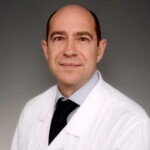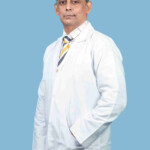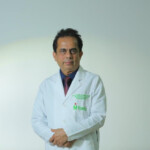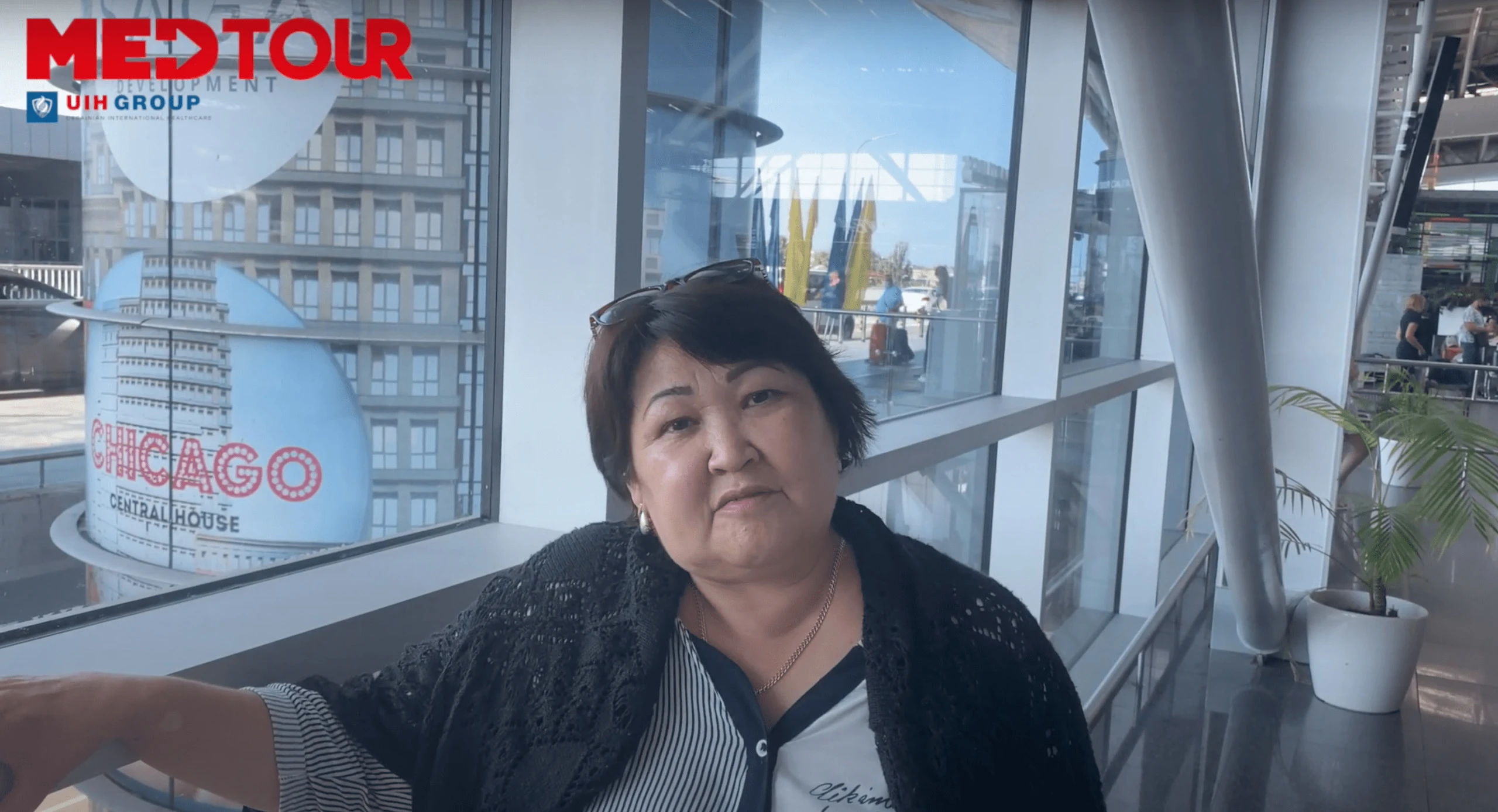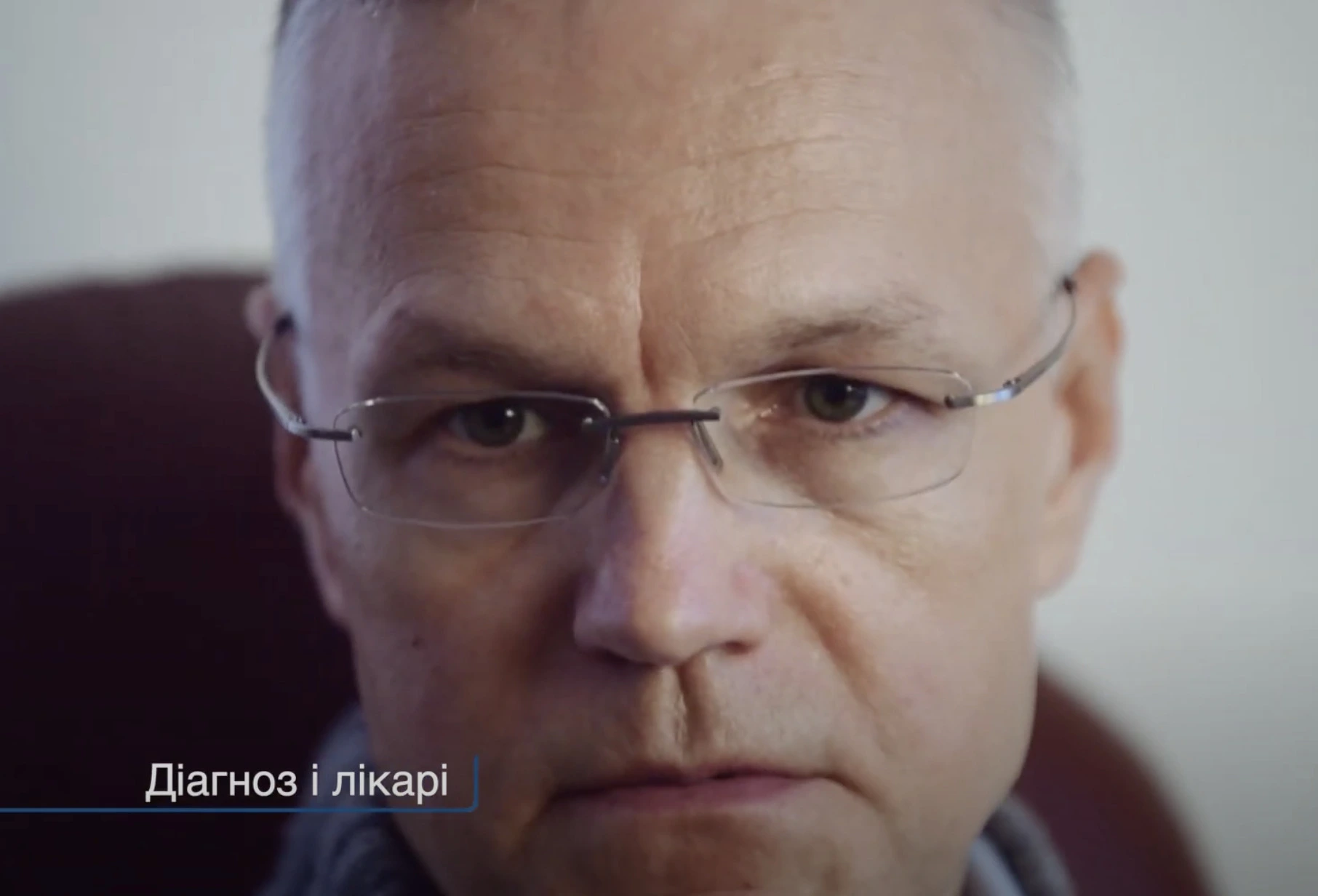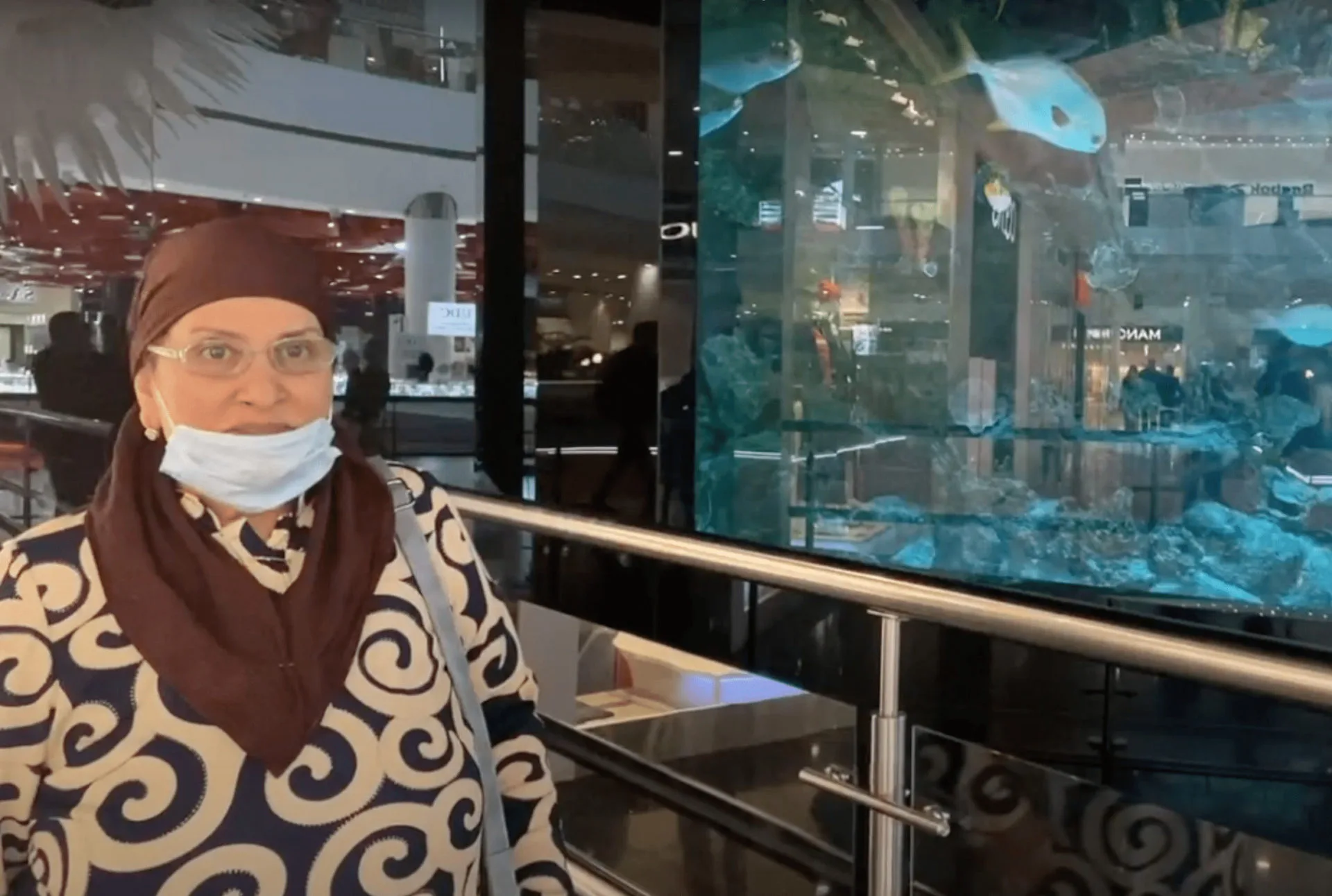Doctors for treatment of Craniopharyngioma
Doctors for the treatment of craniopharyngioma
Frequently Asked Questions
It’s a benign slow-growing tumor of the skull base.
- Occurs at any age,
- Often affects children 5-14 years,
- Is rare and accounts for 2.5-4% of all neoplasms of the brain.
Craniopharyngioma results from abnormal growth of certain brain cells that proliferate uncontrollably for unknown reasons and gradually form a tumor that grows inside the skull.
- Adamantinomatous — affects children and adolescents, often recurs,
- Papillary — more common in adults, rarely relapses.
The tumor does not spread to other parts of the body, but grows within the confined space of the skull, pressing on important nearby structures and causing a range of problems.
In the early stages, the growth is too small to cause symptoms. The first signs appear when the size of the tumor is large and reaches 2.5-3 cm, which interferes with the normal functioning of the brain.
There are such clinical manifestations:
- Intracranial hypertension — increases pressure inside the skull. Accompanied by headaches, nausea, and vomiting,
- Vision problems — decreased vision in one or both eyes. In severe cases, blindness,
- Hormonal disturbances — delayed growth and puberty, obesity, or underweight,
- Neurological disorders — problems with memory and concentration, mood changes.
The first manifestations don’t often alert parents or doctors: headaches are attributed to overwork or stress, nausea, and vomiting — to transport trips.
When the manifestations become expressive, it makes parents anxious, and the doctor suspects the presence of brain neoplasm.
The preferred diagnostic method — MRI with a contrast, which visualizes the location and size of the tumor.
Patients with suspected craniopharyngioma endocrinological examinations are recommended to detect possible hormonal disorders.
Ophthalmologic examination performed if MRI images show that tumor is detected in contact with a place crossing of optic nerves.
Initial treatment depends on the location and size of the tumor but always involves surgery.
Due to the proximity to vital structures of the brain, partial neoplasm removal is often performed. In the case of tumor residue or recurrence, to avoid surgery, radiation therapy sessions are activated.
When craniopharyngiomas are small and difficult to operate, some hospitals develop a «gamma knife» technique. This method treats neoplasms without surgery. With such a differentiated approach, therapy usually ends in one session.
Patients with craniopharyngioma should be operated on by a neurosurgeon in the center with specialized departments of endocrinology, ophthalmology, and radio-oncology experienced in pituitary surgery.
Craniopharyngioma «gamma knife» surgery is difficult, with a risk of death of 1-10%.
- Damage to the optic nerves is irreversible,
- Even if the tumor is removed, there is a risk of recurrence, which is 35-70%,
- It’s not always necessary to strive for the complete removal of tumors, since the frequency of complications increases with radical surgery:
- After surgery, diabetes insipidus is found in 70-90% of patients,
- Hormonal failure is detected in 80-90% of cases.
- Prognosis depends on when the tumor is found and whether it can be removed completely,
- A combination of surgery and radiation therapy results in 70-83% cases,
- Visual impairments and neurological problems that existed before surgery are usually not treatable with surgery,
- Up to 30% of patients with craniopharyngioma are obese. Therefore, there is a high risk of diabetes and heart disease.
International standards for treatment of craniopharyngiomas
Surgical intervention
Preferred treatment — surgically removal of the craniopharyngioma as soon as possible. There are two surgical approaches:
- Open craniopharyngioma surgery (craniotomy), which is performed by opening the skull. Most operations are performed this way,
- For small tumors, a transnasal approach is used, when the tumor is removed through the nose. In this case, the surgeon does not have to open the skull.
The goal of the operation is to remove as much tumor tissue as possible. This is a complex operation that takes several hours and is risky.
- In 2/3 of cases, craniopharyngioma is removed completely,
- In 1/3 of cases, it’s possible to cut out almost most of the tumor, but this leaves microscopic debris that cannot be removed, otherwise, the surrounding structures will be damaged.
Incomplete tumor resection occurs in 10% of cases, but still, the results are positive. Doctors achieve a decrease in intracranial hypertension, which facilitates the patient’s condition.
Radiation therapy (RT)
If complete tumor removal is not possible due to proximity to critical surrounding structures, concomitant radiation therapy or radiosurgery should be discussed to reduce the risk of recurrence.
RT is performed using radiation that targets tumor cells. The sessions are completely painless and last 15 minutes.
For small craniopharyngiomas, the gamma knife technique is recommended. It is rarely used because there are few clinics equipped with such devices.
Hormone replacement therapy
After the operation, the working capacity of the pituitary gland decreases, and the hormonal problems associated with this are permanent.
Therefore, after surgical treatment, hormonal drugs should be taken, some of which are used lifelong with constant dose adjustments.
However, some medications may not be necessary for children.
Some of the functions can be restored several months after the operation.
Post-therapy care
Lifelong hormonal monitoring by an endocrinologist is required.
Due to the slow growth of the tumor, relapses can occur long after the operation, therefore it is important to establish long-term monitoring: it is recommended to undergo an MRI scan once a year for the first 5 years, then every two years for the next 10 years.
For those who were operated on in childhood, it is important to do checkups throughout their lives, as craniopharyngioma can recur in adulthood and in old age.
It’s also important to have your vision checked regularly by an ophthalmologist, as many relapses are accompanied by visual impairment.
